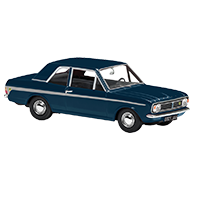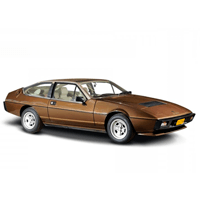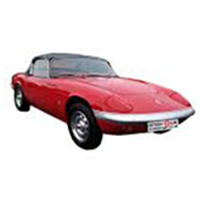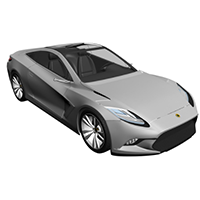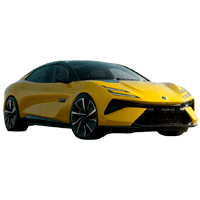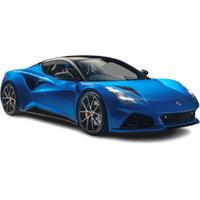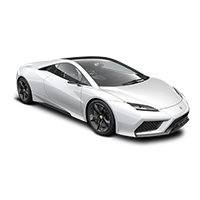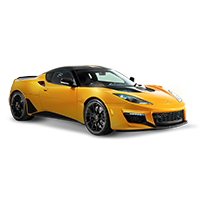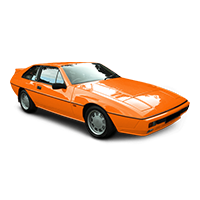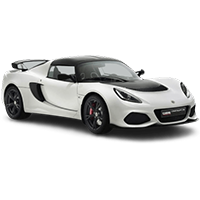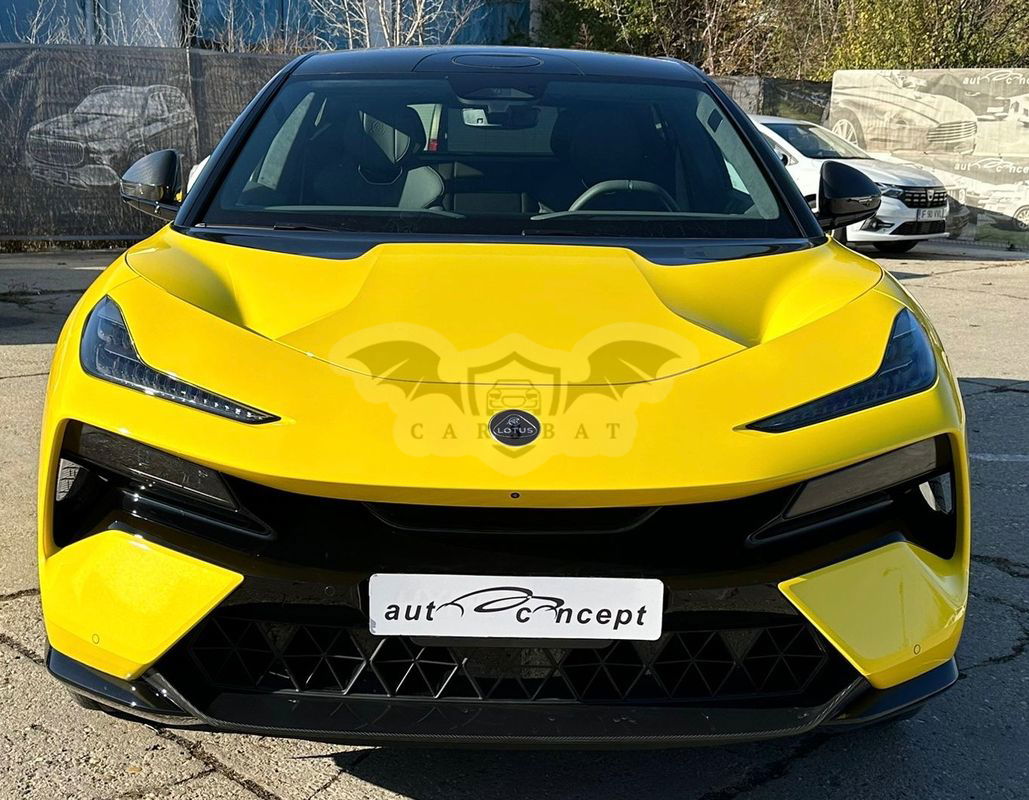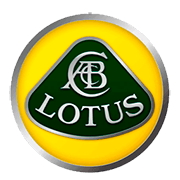
Catalog / Lotus
Lotus: Pioneering Lightweight Performance in the Automotive World
Lotus Cars, founded in 1948 by engineering genius Colin Chapman, has a rich history steeped in motorsport and innovative car design. The company's philosophy, often summarized as 'simplify, then add lightness,' has guided Lotus through decades of producing some of the world's most acclaimed sports cars.
Chapman's engineering prowess first gained attention in the 1950s and 1960s through success in Formula One. Lotus cars won the F1 World Championship seven times between 1963 and 1978. This racing success translated into road car production, with early models like the Elite and Elan setting new standards for handling and performance.
The 1960s and 1970s saw the introduction of iconic models like the Lotus Cortina, a collaboration with Ford, and the Lotus Europa, one of the first mid-engined road cars. However, it was the Lotus Esprit, introduced in 1976, that would become one of the company's most recognized models. The Esprit's wedge-shaped design, penned by Giorgetto Giugiaro, epitomized the supercar aesthetic of the era.
In 1982, Chapman's sudden death marked the end of an era for Lotus. The company faced financial difficulties in the following years but continued to produce innovative cars. The 1996 Elise, named after Chapman's granddaughter, marked a return to Lotus's core principles of lightweight construction and exceptional handling. The Elise's bonded aluminum chassis was a game-changer, providing incredible rigidity at a fraction of the weight of traditional construction methods.
The turn of the millennium saw Lotus expanding its range with models like the Exige (a more hardcore version of the Elise) and the Europa S. In 2008, the company unveiled the Evora, a larger, more practical sports car aimed at a broader market.
A significant change came in 2017 when Chinese automotive group Geely acquired a majority stake in Lotus. This injection of capital has allowed Lotus to embark on an ambitious expansion plan. In 2019, Lotus unveiled the Evija, an all-electric hypercar producing nearly 2,000 horsepower, signaling the company's intentions to be at the forefront of electric performance cars.
In 2021, Lotus announced the end of production for its long-standing models - the Elise, Exige, and Evora - marking the end of an era. However, this paved the way for a new generation of Lotus cars, starting with the Emira, the company's last petrol-powered sports car, which combines elements of Lotus's heritage with modern technology and usability.
Looking to the future, Lotus is set to expand beyond its traditional sports car realm. The company has announced plans for a range of lifestyle vehicles, including SUVs and four-door models, all of which will be fully electric. This includes the Eletre, Lotus's first SUV, unveiled in 2022.
Throughout its history, Lotus has remained true to Colin Chapman's vision of lightweight, agile cars that prioritize driver engagement. As the company moves into the electric era, it aims to translate these principles into a new generation of performance vehicles, blending its rich heritage with cutting-edge technology.


